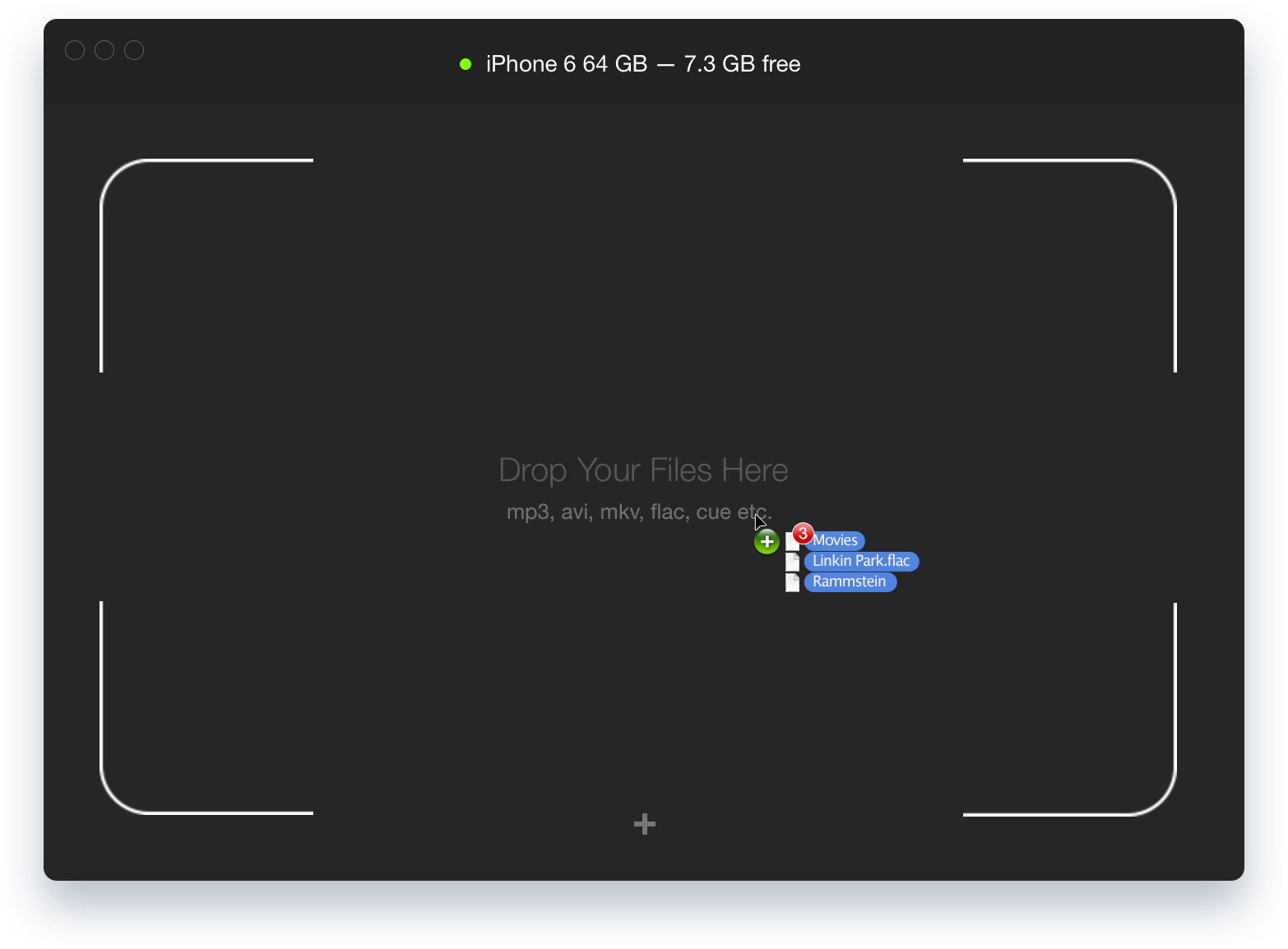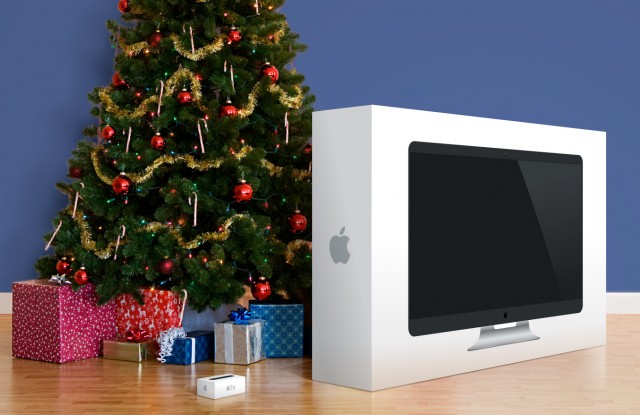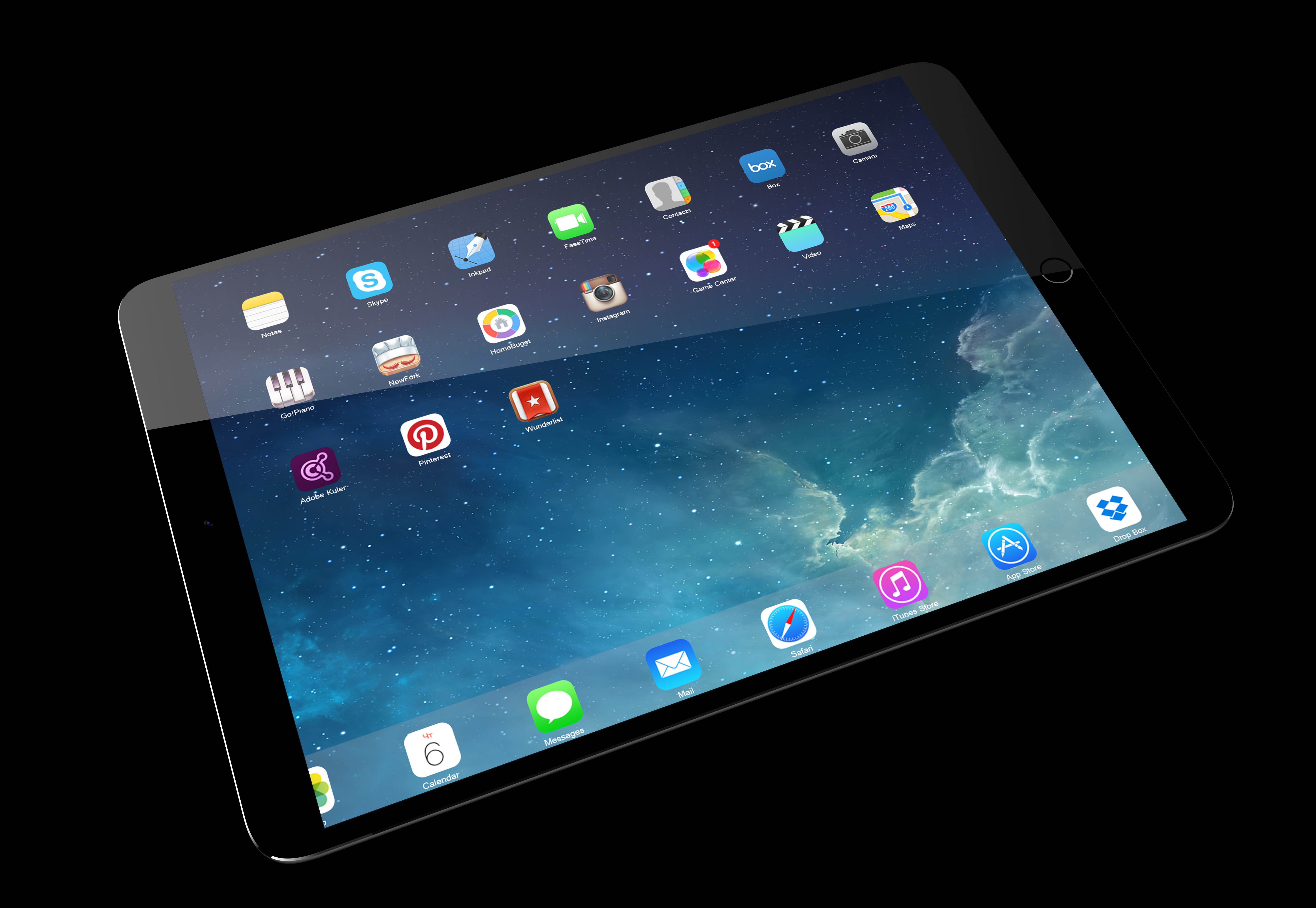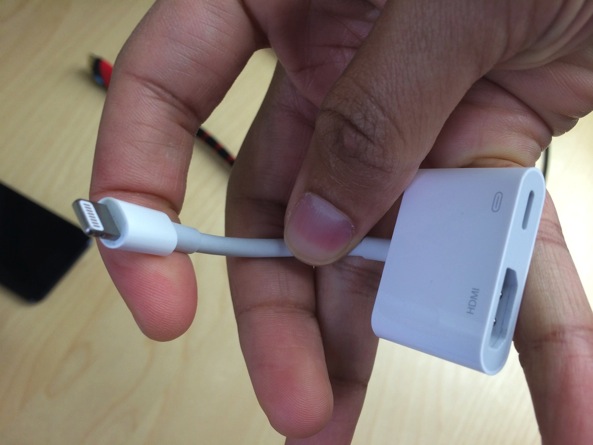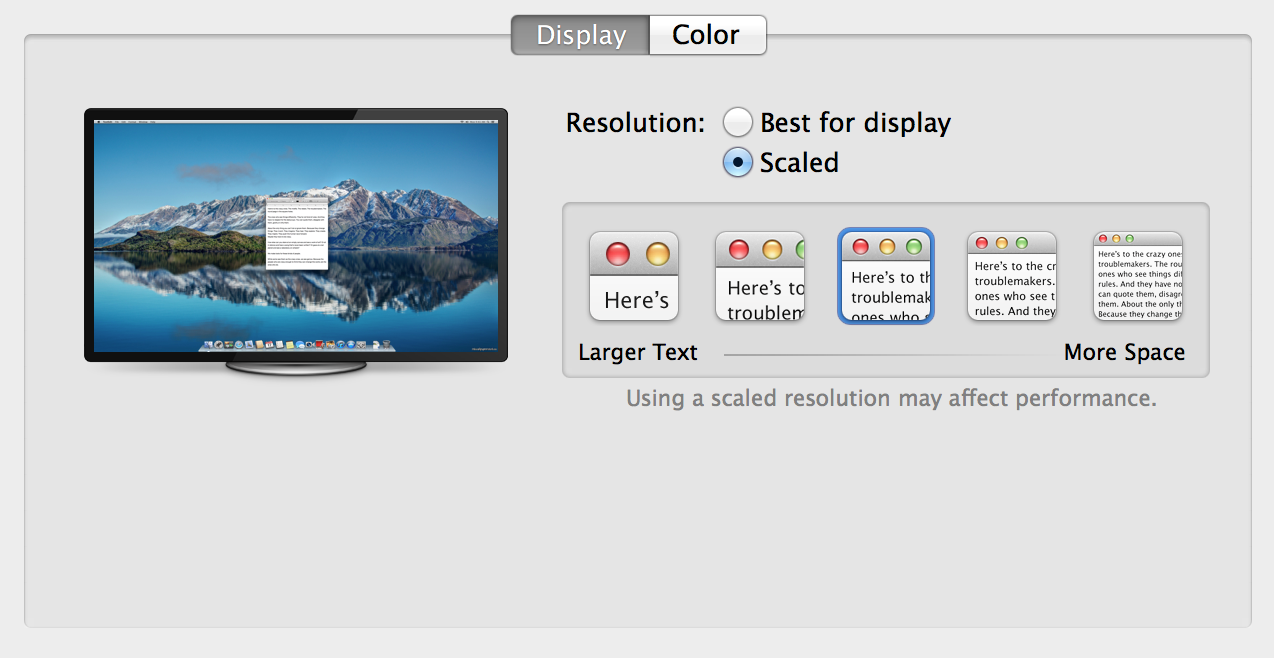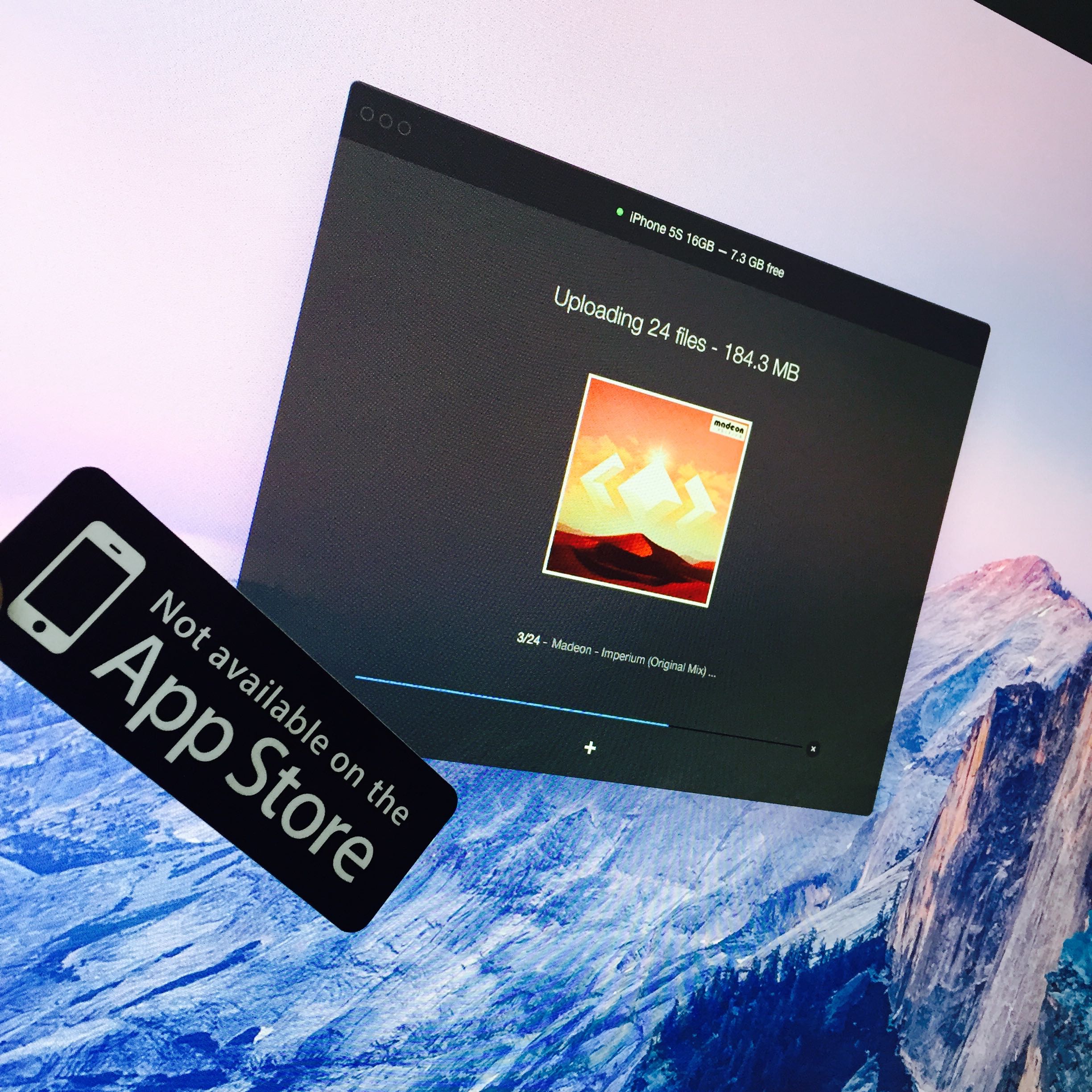While some photography apps in the App Store — such as the $49.99 Vizzywig 8xHD — make shooting film-like 4K footage on an iPhone a reality by taking a series of individual eight-megapixel images in rapid succession, the general public and techies alike are totally unaware that the latest iPhones are actually capable of rendering 4K 3,840-by-2,160 pixel video.
And who could blame them? After all, Apple’s been conspicuously mum about it. But as it turns out, the A8 chip ticking inside the iPhone 6 and iPhone 6 Plus provides enough oomph to seamlessly handle 4K content playback.
The surprising discovery was made public last week by Softorino (via TUAW), the developers of WALTR, a new Mac app which makes it easy to upload and convert any video or audio file to an iOS-friendly format for native playback on iPhones, iPads, iPods and Apple TVs.
While it makes little sense to render massive 4K videos on the 1,334-by-750 and 1,920-by-1,080 pixel resolution screens of the respective iPhone 6 and iPhone 6 Plus smartphones due to inevitable downsampling, the very fact that the A8 processor can handle 4K content is important on many levels.
First things first.
Here’s Softorino’s video evidence that the Apple-designed A8 chip ticking inside the iPhone 6 can indeed playback 3,840-by-2,160 pixel 4K video packed in H.264 at 50Mbps and 100Mbps streams.
Again, the finding tells us that the new iPhones are powerful enough to decode native 4K video and downscale it to device resolution. It’s a pretty big deal and here’s why.
1. Apple television with Retina display
The release of the Retina iMac proves Apple now knows how to build 27-inch screens with higher-than-4K resolution on a mass scale. Should the company decide to refresh the Apple TV set-top box hardware or release a long-rumored standalone television set, the A8 and A8X processor of today are already well-equipped to handle 4K content.
2. iPad Pro
The rumor-mill and big media are in agreement that Apple is working on a high-end iPad sporting a screen measuring either 12.9 or 12.2 inches diagonally. Taiwanese media is convinced that device will sport an ultra high-resolution screen. If the new iPhones’ resolution jump is anything to go by, the iPad Pro could very much come outfitted with a 4K (or even higher) resolution screen, in turn making a rumored split-screen multitasking a joy to use.
3. Lightning to 4K HDMI adapter
Even though it doesn’t make much sense to render 4K video on the 2K “Retina HD” display of the iPhone 6 Plus, a variant of Apple’s $49 Lightning Digital AV adapter with support for 4K resolutions via HDMI 1.4 would see to that. Indeed, why not output 4K video to a big screen TV using A8 or A8X devices like the iPhone 6, iPhone 6 Plus and iPad Air 2?
4. Future-proofing for 4K
Apple being Apple, we wouldn’t be surprised at all if the firm did exactly nothing in the 4K playback department in terms of the current-generation iOS devices. However, now that we’ve established that the A8 and A8X chips handle 4K content, it’s a given that future iOS devices will be just as equipped to decode 4K video as the latest iPhones, and then some more (how about 4K video capture?). Once Apple officially enables full 4K video support on iOS, all that remains is some actual 4K content.
5. iTunes movies in 4K
Which brings me to my last point: iTunes. For those that didn’t receive the memo, Apple’s beenrolling out hardware-assisted 4K decoding across its product families with the new Mac Pro. It’s been also upgrading Macs to 2K Retina screens with the MacBook Pros and 5K ones with the latest 27-inch iMac with Retina display. Once the transition has been completed, iTunes will be for sure hosting movies in 4K.
I know, storing 4K videos on an iPhone or iPad quickly eats up storage.
That’s why it’s important to remember that the International telecommunications Union in January 2013 certified the H.265 video standard, a successor to the H.264 codec that Apple uses across its products and on iTunes.
By delivering high-resolution 4K video with half the bit rate of H.264, it effectively addresses the file size problem while being future-proofed to support the next decade of video.
What’s more, Apple’s iPhone tech specs webpage makes it clear that the new iPhone 6 and iPhone 6 Plus tap the highly efficient H.265 coded for encoding and decoding FaceTime video calls over cellular, meaning the A8 chips probably includes a specialized encoder/decoder module for hardware-assisted decoding of H.265-encoded 4K video.
Those with an iPhone 6 or iPhone 6 Plus who are willing to try out 4K playback on their device are wholeheartedly recommended to check out WALTR for Mac over at the Softorino website. Due to Apple’s ruled for sandboxed apps, WALTR is not available through the Mac App Store.
Note that Taiwanese suppliers now have 1440p displays measuring 5.5 inches. This isn’t saying an ‘iPhone 6s’ — or whatever the next iPhone is called — will upgrade to a 4K-capable Retina resolution. That being said, I do tend to believe that it’s highly likely that the iPhone’s next major Retina upgrade will in fact deliver a native 4K screen.
The aforementioned WALTR app lets you quickly convert and transfer unsupported audio and video file types such as FLAC and MKV to your iPhone or iPad, have a look at the video walkthrough below.
When originally setting out to do this write-up, I wanted to contribute to clearing up any confusion stemming from support for 4K video on the new iPhones and give you an idea or two where things might be headed in the future.
Your guess is as good as mine so chime in with your thoughts in the comments below.
Do you care about 4K and are you excited about this finding?
